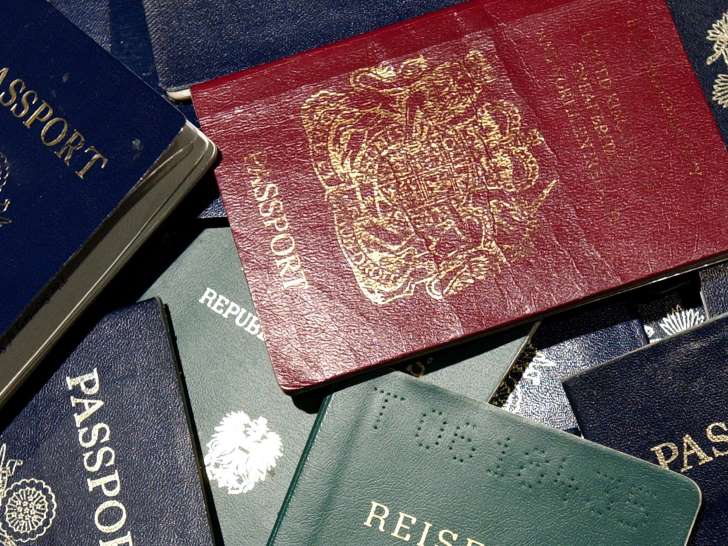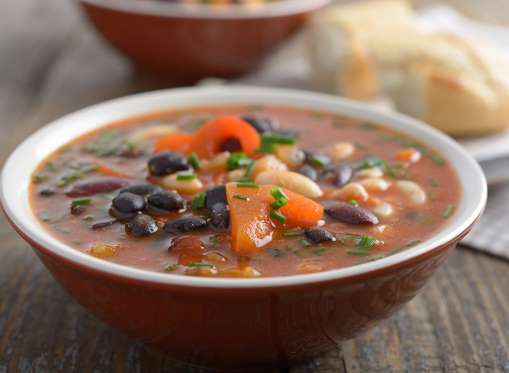
Passport news is typically about changing rules, records, and regulations surrounding the official document. And rightfully so: State Department urgings to renew passports sooner rather than later are important, as is Germany having the world’s most powerful passport for the third year in a row. Yet in focusing on a passport’s capabilities rather than its aesthetics, we skip over a key part of its origin story: Why do our passports look the way they do in the first place?
Ever stop and consider why your passport is the color it is?
Turns out, passport colors are most often related to geography and policy. Though the International Civil Aviation Organization (ICAO) issues guidelines on requisite size and format, governments can choose the design and color of their national document as long as it is derived from one of four colors: red, green, blue or black.
Green: For some countries, the choice of color relates to a predominant religion. Muslim countries including Morocco, Pakistan, and Saudi Arabia have green passports, which is connected to Islam: Green is considered to have been a favorite color of the Prophet Muhammad, who is said to have worn a green cloak and turban. Green is also on the national flags of Islamic republics Iran, Mauritania, Pakistan and Afghanistan. Many African nations (Burkina Faso, Ivory Coast, Niger, Nigeria, Senegal, etc.) also have passports in shades of green, mostly due to their distinction as members of the Economic Community of West African States (ECOWAS).
Red: Hrant Boghossian, the vice president of Arton Group, which runs the interactive passport database Passport Index, toldThe Telegraph that red passports could hint at a communist past—or present: Slovenia, China, Serbia, Latvia, Romania, Poland, Georgia all have red passports. Many of the Nordic countries have red passports, too, given that red was a popular color during the Viking Age and can be found on many of the national flags. Passport books for countries within the European Union are also a shade of burgundy. In what The Economist called a “branding exercise,” Turkey, Macedonia, and Albania all changed their passport shades to burgundy in order to match their EU aspirations.
Blue: The U.S. passport today is blue, but has only been that way since 1976, when it was changed from green for the bicentennial celebration to match the shade in the American flag. (Between 1993-1994 a special green passport was issued for the 200th anniversary of the U.S. Consular Service, but the passport has been blue since 1994.) Member states of the Caribbean Community (CARICOM) all have blue passports—most likely due to their geographical locations in the middle of oceans and off coasts—and a sub-regional South American block of countries (Brazil, Argentina, Paraguay, Uruguay, and Venezuela) all have blue passports to represent their affiliation with Mercosur, a customs union.
Black: Black passports are the rarest of the bunch. Remaining African nations typically have black passports (Chad, Democratic Republic of the Congo, Zambia, Botswana, Burundi, Gabon, Angola, Malawi), as do countries where black plays a prominent role: New Zealand’s passport is black, for example, due to the connection with black as its national color. Spot a rare, black U.S. passport? Carriers have diplomatic immunity status, meaning airport personnel may not search, delay, detain, or arrest them. View our complete Gold List of the world’s top places to stay.


 South Asian News E-Paper
South Asian News E-Paper Punjabi News E-Paper
Punjabi News E-Paper
















